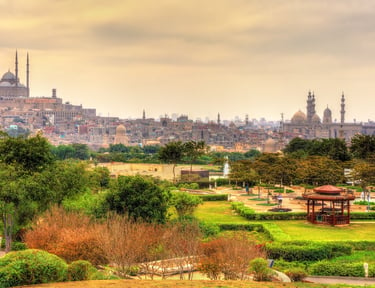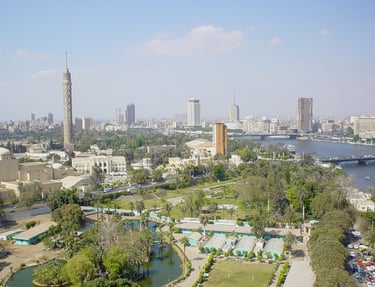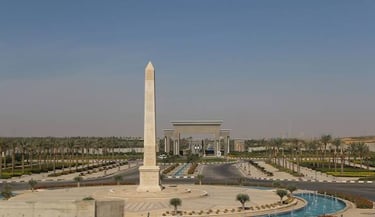Egypt's Renewal Energy الطاقه المتجدده فى مصر
تتنامى الطاقة المتجددة في مصر بفضل الاستراتيجيات الحكومية، ووصلت إجمالي القدرة الإنتاجية إلى حوالي 8.3 جيجاوات في العام المالي 2024-2025. تركز مصر على الطاقة الشمسية، وخاصة مشروع "بنبان" للطاقة الشمسية، وطاقة الرياح، خاصة في خليج السويس. كما أن لديها مصادر طاقة كهرومائية تعتمد على السد العالي ومشروعات أخرى في أسوان. تهدف استراتيجية الطاقة المتجددة إلى الوصول إلى 42% من الكهرباء المولدة من الطاقة المتجددة بحلول عام 2035، من خلال التشريعات والحوافز للمستثمرين، كما يشمل ذلك اهتمامًا بالهيدروجين الأخضر والكتلة الحيوية والطاقة الحرارية الجوفية.
مصادر الطاقة المتجددة في مصر
الطاقة الكهرومائية:
تُعد من أكبر مصادر الطاقة المتجددة في مصر، وتعتمد على محطات السد العالي وأسوان
الطاقة الشمسية:
تمتلك مصر إمكانات هائلة للطاقة الشمسية نظرًا لموقعها في "حزام الشمس". مشروع "بنبان" للطاقة الشمسية هو أحد أكبر مشروعات
الطاقة الشمسية
طاقة الرياح:
تم تطوير عدة مشروعات لطاقة الرياح، خاصة في مناطق مثل خليج السويس.
طاقة الكتلة الحيوية:
تعتمد على المواد العضوية والنفايات لتوليد الطاقة
الطاقة الحرارية الجوفية:
تستغل حرارة باطن الأرض لتوليد الكهرباء
الهيدروجين الأخضر:
يعد مجالًا واعدًا في قطاع الطاقة المتجددة في مصر.
استراتيجية مصر للطاقة المتجددة
أهداف طموحة:
تهدف استراتيجية الطاقة الجديدة والمتجددة إلى زيادة نسبة الطاقة المولدة من المصادر المتجددة إلى 42% من إجمالي الكهرباء بحلول عام 2035
التشريعات والحوافز:
تعمل الحكومة على تعديل التشريعات وتقديم حوافز مالية وضريبية لتشجيع الاستثمار في قطاع الطاقة المتجددة.
البحث والتطوير:
تدعم مصر البحث العلمي والتكنولوجيا في مجال الطاقة المتجددة من خلال إنشاء مراكز الأبحاث ودعم الابتكار
Egypt has significant renewable energy potential, especially in wind and solar, and aims to source 42% of its electricity from renewables by 2035. Key developments include major investments in new wind and solar farms, growing capacity from approximately 7,750 MW in 2024, and an emerging role as a green hydrogen production hub. Despite these advances, hydropower remains a major clean source, and the nation's reliance on fossil fuels for its overall electricity mix remains high
Key Drivers and Goals
Energy Independence:
The primary goal is to decrease dependence on fossil fuels and increase energy security.
Meeting Growing Demand:
Egypt's strategy involves expanding its energy mix to meet increasing demand for electricity.
Environmental Impact:
Shifting away from fossil fuels helps reduce carbon emissions and other negative environmental impacts
Major Renewable Resources
Wind Energy:
Egypt has abundant wind resources, particularly along the Gulf of Suez, and is developing several large-scale wind farms.
Solar Energy:
Leveraging its high solar irradiance, Egypt is a prime location for both photovoltaic (PV) and concentrated solar power (CSP).
Green Hydrogen:
The country is strategically positioning itself as a leader in green hydrogen production, using solar and wind energy for its manufacture
Key Projects and Initiatives
Benban Solar Park: One of the world's largest solar installations.
Amunet Wind Farm: A significant wind project.
Suez Wind Project: A large, multi-site wind project in development.
National Targets: Egypt aims to reach 42% renewable energy in its power sector by 2035
Challenges and Investments
Grid Integration Costs:
A 2022 circular introduced a merger fee for certain renewable plants to cover the costs of grid integration, which some players believe increases project costs.
International Support:
Egypt has sought international financial and technical assistance to help achieve its renewable energy goals.
Focus Shift:
While hydropower is a stable source, new investments are heavily focused on expanding solar and wind capacity to diversify the energy mix
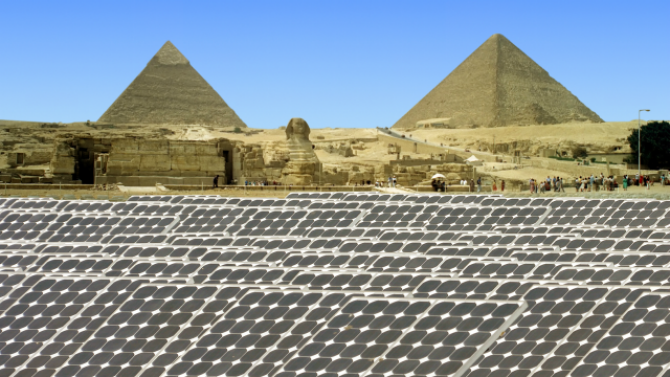

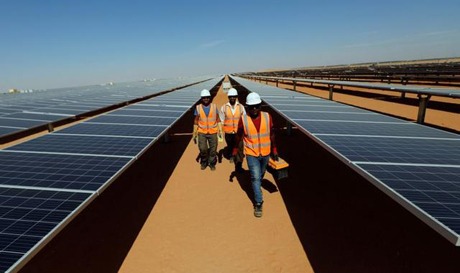

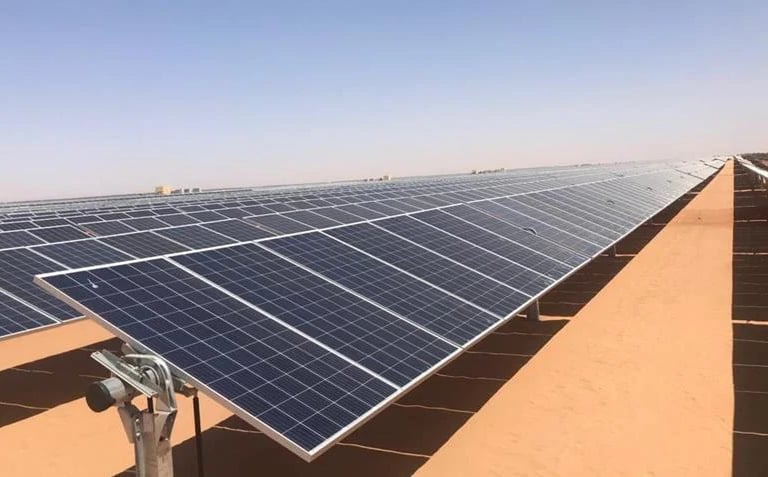

Contact IloveEgypt.com
© 2025. All rights reserved.
Mailing address
P.O. Box 690715
Orlando, FL 32869 USA



